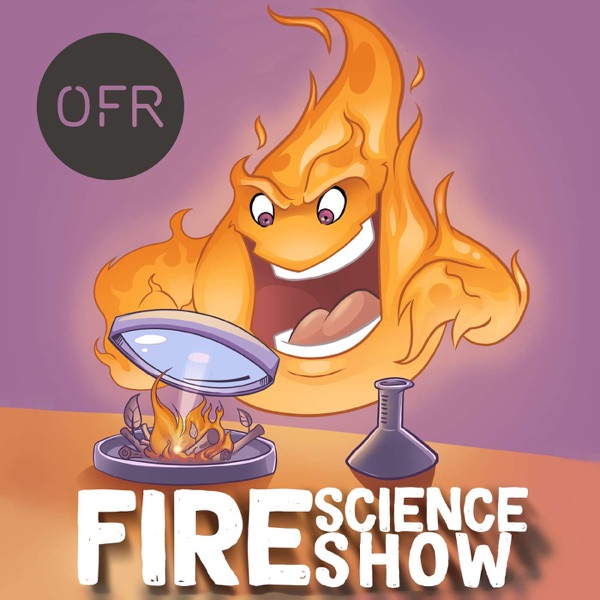205 - FDS maintenance and development with Randy McDermott
Dr Randy McDermott takes us behind the scenes of fire science's most critical software tool in this conversation about the Fire Dynamic Simulator (FDS) developed at NIST. As one of the developers, Randy offers valuable insights into how this essential modelling tool is maintained, improved, and adapted to meet the evolving challenges of the fire safety community.
The conversation begins with a look at the development process itself, based on a greater picture roadmap and also addressing practical issues reported by users. This balance between vision and responsiveness has helped FDS maintain its position as the gold standard in fire modelling. Randy unpacks the massive validation guide (over 1,200 pages) and explains how users should approach it to understand model capabilities and uncertainties.
The guide, along with all the validation cases, is available at Github repository here: https://github.com/firemodels/fds
Rather than blindly applying FDS to any problem, he emphasises the importance of identifying similar validated cases and understanding the limitations of the software for specific applications. The discussion tackles emerging challenges like battery fires and mass timber construction areas where traditional fire modelling approaches face significant hurdles. Randy addresses the limitations of current models while outlining pathways for future development, including potential integration with external specialised models and improvements in chemistry modelling.
Finally, we also get to talk about computational costs and efficiency. As Randy explains the implementation of GPU acceleration and the challenges of incorporating detailed chemistry, listeners gain a deeper appreciation of the tradeoffs involved in advanced fire modelling.
Whether you're an FDS user, fire safety engineer, or simply curious about computational modelling, this episode offers valuable perspectives on the past, present and future of the tool that underpins modern fire safety science.
Oh, and Randy is not just an FDS developer - he is also a prolific researcher. You can find more about his scientific works here: https://www.nist.gov/people/randall-j-mcdermott
As always, MASSIVE THANKS TO THE NIST GROUP AND THEIR COLLABORATORS FOR BUILDING AND MAINTAINING THE SINGLE MOST IMPORTANT PIECE OF SOFTWARE WE HAVE!!! You guys are not thanked enough!
----
The Fire Science Show is produced by the Fire Science Media in collaboration with OFR Consultants. Thank you to the podcast sponsor for their continuous support towards our mission.
